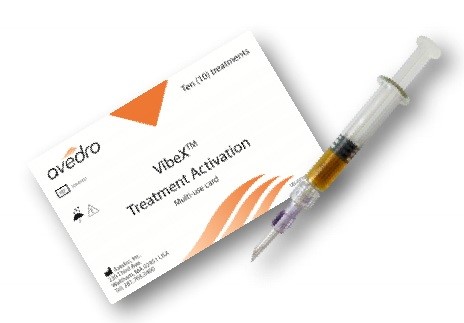Corneal cross-linking is the surgical procedure which uses UV light to strengthen the collagen within the cornea. The purpose of cross-linking is to stabilize the cornea and prevent progression of thinning. Patients with keratoconus or cornea thinning after refractive (LASIK or PRK) surgery may benefit from cornea cross-linking. Cross-linking is an in-office surgical procedure.
Corneal Collagen Cross-linking with Riboflavin (CXL) is a treatment for progressive keratoconus. CXL works by increasing collagen cross links which are the natural "anchors" within the cornea. These anchors are responsible for preventing the cornea from bulging out and becoming steep and irregular.
During the corneal cross-linking treatment, custom-made riboflavin drops saturate the cornea, which is then activated by ultraviolet light. This process has been shown in laboratory and clinical studies to increase the amount of collagen cross-linking in the cornea and strengthen the cornea.
Collagen cross-linking is not a cure for keratoconus. The aim of this treatment is to hold progression of keratoconus and thereby prevent further deterioration in vision and the need for corneal transplantation. Glasses or contact lenses will still be needed following the cross-linking treatment but it is hoped that it could limit further deterioration of vision.
This procedure, developed in Germany, has been shown to slow or arrest the progression of keratoconus in published European studies. CXL was approved by the US Food and Drug Administration (FDA) on April 18, 2016. As you may be aware, Dr. Iuorno was a principle investigator in the cross-linking clinical trial and was the first to perform the procedure in Virginia under this FDA-approved study. We are prepared and ready to offer this service to your patients and will be setting up subspecialty-focused clinics to attend to this need for the community.






